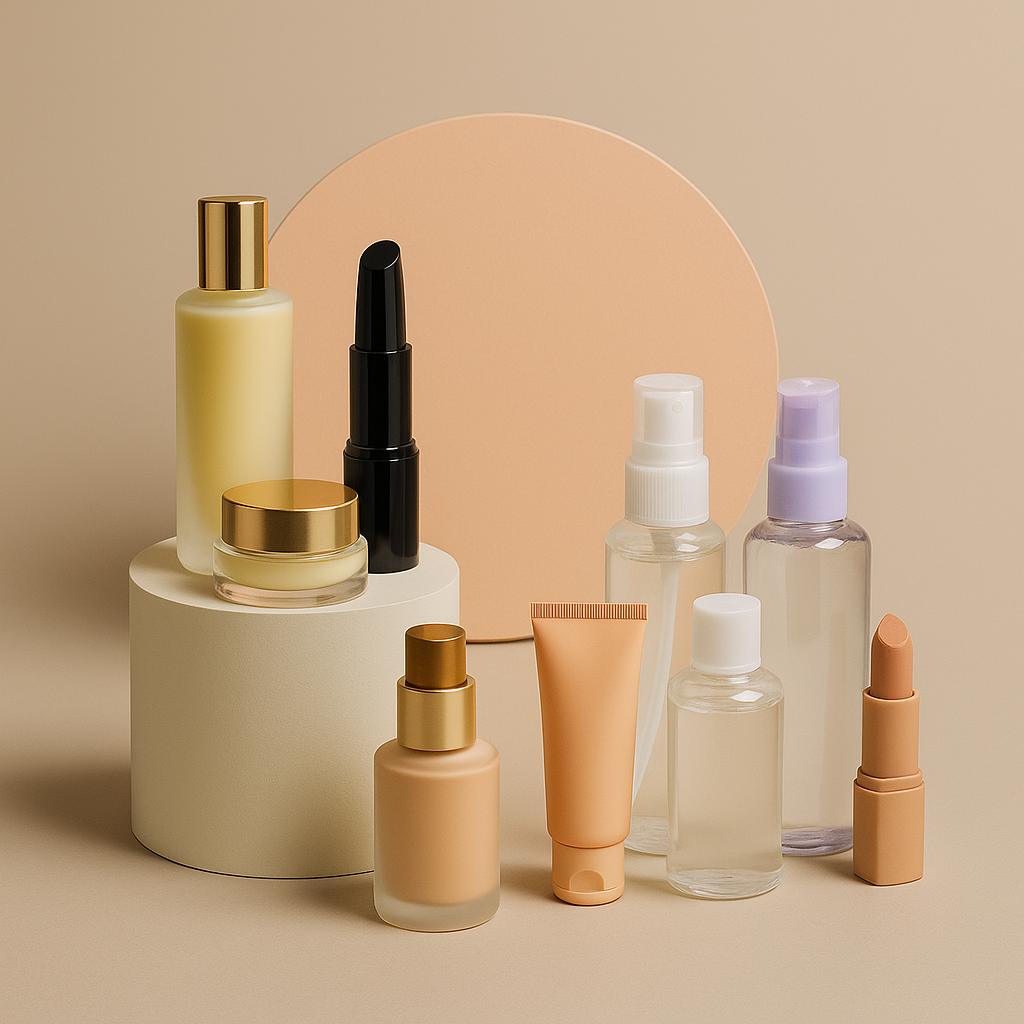For the first time in industry history, mass market cosmetics in the U.S. have overtaken prestige beauty brands in quarterly sales.
According to retail data from Q1 2025, mass market beauty saw a 3% rise in revenue, while the prestige sector remained stagnant.
This trend represents more than a temporary sales fluctuation—it signals a deep structural shift in how American consumers value beauty products.
Price sensitivity, accessibility, and evolving consumer values are redefining success in the beauty industry.

Value-Driven Consumption and Economic Headwinds
With inflation still high and interest rates elevated, many U.S. consumers are prioritizing affordability over luxury.
The once-dominant prestige brands—often viewed as aspirational purchases—are facing competition from more accessible yet high-performing alternatives.
Mass market players such as e.l.f., L’Oréal’s drugstore lines, and Target-exclusive beauty brands are seeing strong growth by offering product quality comparable to luxury, but at a fraction of the cost.
Fragrance Boom: Democratizing Scent
Fragrance emerged as the most dynamic category in both sectors, but it was the mass market segment that led growth with an 8% sales surge.
Affordable fragrance options are now winning over consumers who want accessible indulgence.
This growth shows that scent has become a staple, not just a luxury.
Drugstores and big-box retailers are expanding shelf space for fragrance products, reflecting increased demand from everyday consumers.
Stick Formats and Convenience Trends
Stick-format cosmetics—particularly foundations and eye shadows—outperformed traditional liquid and cream versions.
These products offer portability, mess-free application, and simplified beauty routines.
Consumers now favor products that are not only affordable, but also convenient and aligned with their busy lifestyles.
Ease-of-use is becoming just as important as performance or branding.
Prestige Stagnation and In-Store Rebound
While the prestige sector faced flat sales in early 2025, March brought signs of life.
In-store purchases increased after a weak January, suggesting that consumers are still open to premium products—if the experience and value justify the price.
Experts note that prestige brands must rethink value propositions and invest in retail engagement to stay competitive in a changing landscape.
Retail Channel Shift: From Online to In-Person
Notably, in-store beauty sales outpaced online growth in Q1.
Retailers like Ulta and Target’s in-house beauty zones became growth engines for mass market cosmetics.
This shift challenges the assumption that online-only models dominate post-pandemic.
Consumers increasingly seek tactile experiences and personalized advice before making purchases.
What This Means for the Industry
The beauty industry is no longer driven by logo loyalty.
Instead, functionality, ethics, and value are shaping the hierarchy.
Brands that fail to evolve with this mindset shift risk losing their foothold in the new beauty economy.
Mass market is no longer synonymous with “cheap”—it now means smart, thoughtful, and inclusive.
Conclusion: Mass Prestige, Redefined
This is not just a market share story—it’s a cultural evolution.
The era of one-dimensional luxury is ending, and the future of beauty lies in accessible excellence.
Q1 2025 will likely be remembered as the quarter that reshaped beauty’s power structure—and gave consumers full control of the narrative.
